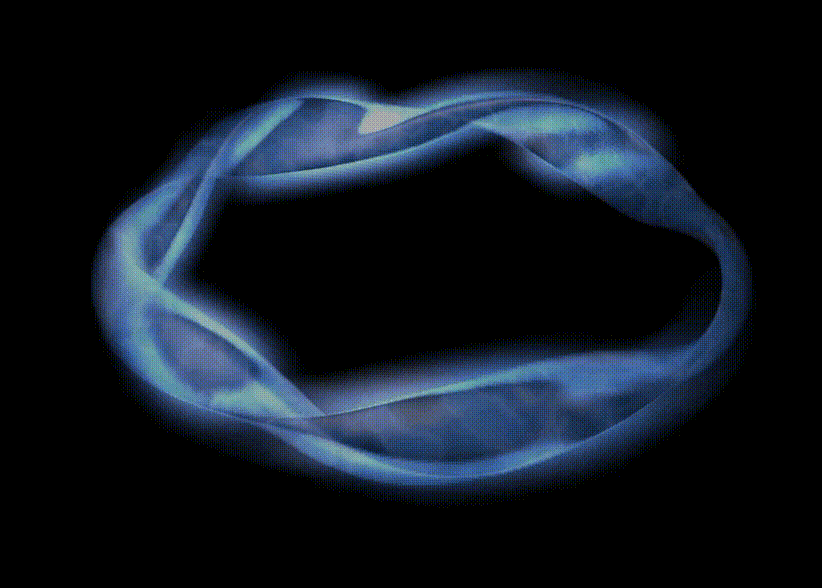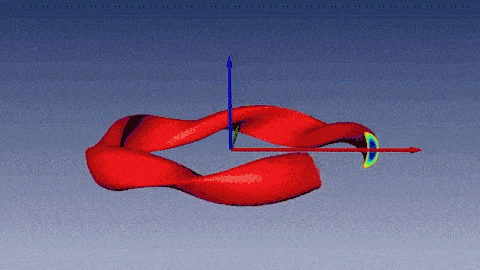For decades, scientists have been discussing about the possibility of a clean, virtually inexhaustible source of energy – and they still are. But with the work of researchers from the Max Planck Institute for Plasma Physics, that may soon change, and the way we think of energy might change. After over 1.1 million construction hours, they have completed the world’s largest fusion machine of its kind, appropriately called a ‘Stellaratron’.

A stellarator is a device used to confine a hot plasma with magnetic fields in order to sustain a controlled nuclear fusion reaction. The basic idea is that the differing magnetic fields will cancel out the net forces on a particle as it travels around the confinement area. They were quite popular in the 50s and 60s, but their popularity greatly decreased in following decades, as other types of fusion research were carried.
Stellarators are as awesome as they sound
The key to fusion is to create ungodly high temperatures up to 180 million degrees Fahrenheit (100 million Celsius) and generate, confine, and control a blob of gas, called a plasma. At these incredibly high temperatures, the very structure of the atom changes, and the electrons are ripped from the outer shells, leaving positive ions. Normally, these ions would just bounce off each other, but under these conditions, they can merge together, creating new atoms, and – BAM – you have nuclear fusion. Nuclear fusion shouldn’t be mistaken for the nuclear energy we are using at the moment, which generate energy from decaying atoms, not atoms that fuse together.
Nuclear fusion is not an unfamiliar process though; it’s the process that fuels the Sun, so we know it can be done; however, doing it in a way that can be used economically has not yet been done, and even research-focused machines are sparse. This is where W7-X enters the stage.
The construction of this machine was, as you can guess, a gargantuan task; for almost 75 years, only a handful of stellarators were ever attempted, and even fewer were completed. The entire process is “devilishly hard”, and to make things even worse, one of the main contracted manufacturers went out of business at one point.
Well, for starters, the machine has 425 tonnes of superconducting magnets and support structure that must be chilled close to absolute zero. Cooling the magnets with liquid helium is “hell on Earth,” said Thomas Klinger, leader of the German effort.
“All cold components must work, leaks are not possible, and access is poor” because of the twisted magnets. Among the weirdly shaped magnets, engineers must squeeze more than 250 ports to supply and remove fuel, heat the plasma, and give access for diagnostic instruments. Everything needs extremely complex 3D modeling. “It can only be done on computer,” Klinger says. “You can’t adapt anything on site.”
A third of the required magnets didn’t function properly from the get-go. So construction of some major components had to be halted for redesigning; some years were a full fledged crisis period, but somehow they managed to get over it, and the first plasma is scheduled to take place by the end of the year.
A magnetic cage
The main problem with Stellarators, as with any fusion device, is containing the temperature, and for this, they use a magnetic cage. A current-carrying wire wound around a tube creates a straight magnetic field down the center of the tube that draws the plasma away from the walls, preventing them from melting. There are 50 six-ton magnetic coils around the main area, as shown below:
Other designs (tokamaks) have a different shape, which is safer, but only allows them to support the plasma in short bursts, while Stellarators can sustain the plasma for 30 minutes, research claims – this could generate massive amounts of clean, renewable energy; this machine could be a genuine game changer – if it works.
“The world is waiting to see if we get the confinement time and then hold it for a long pulse,” David Gates, the head of stellarator physics at the Princeton Plasma Physics Laboratory, told Science.
German regulators are expected to give the green light for the project by the end of the month, and we’ll find out then if it works, and how well.




